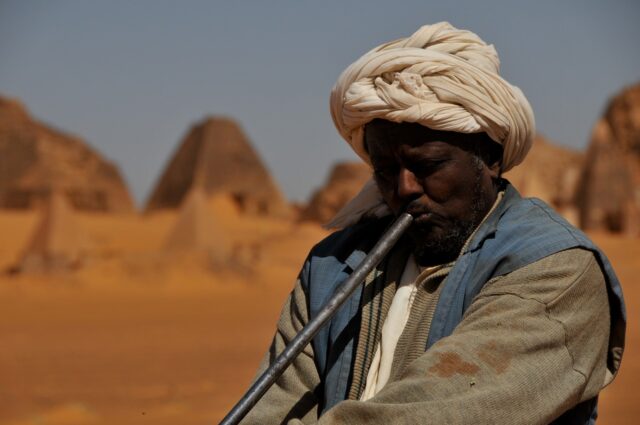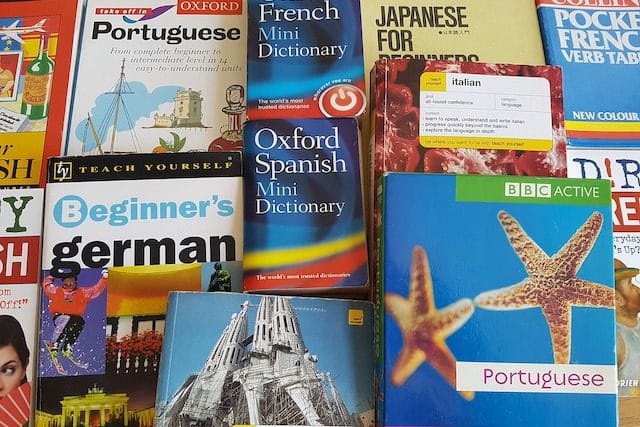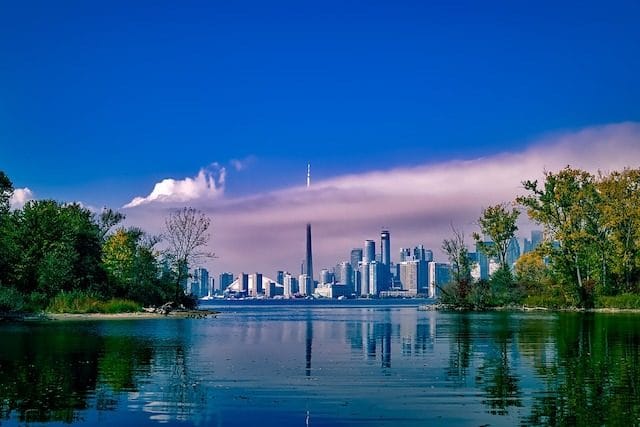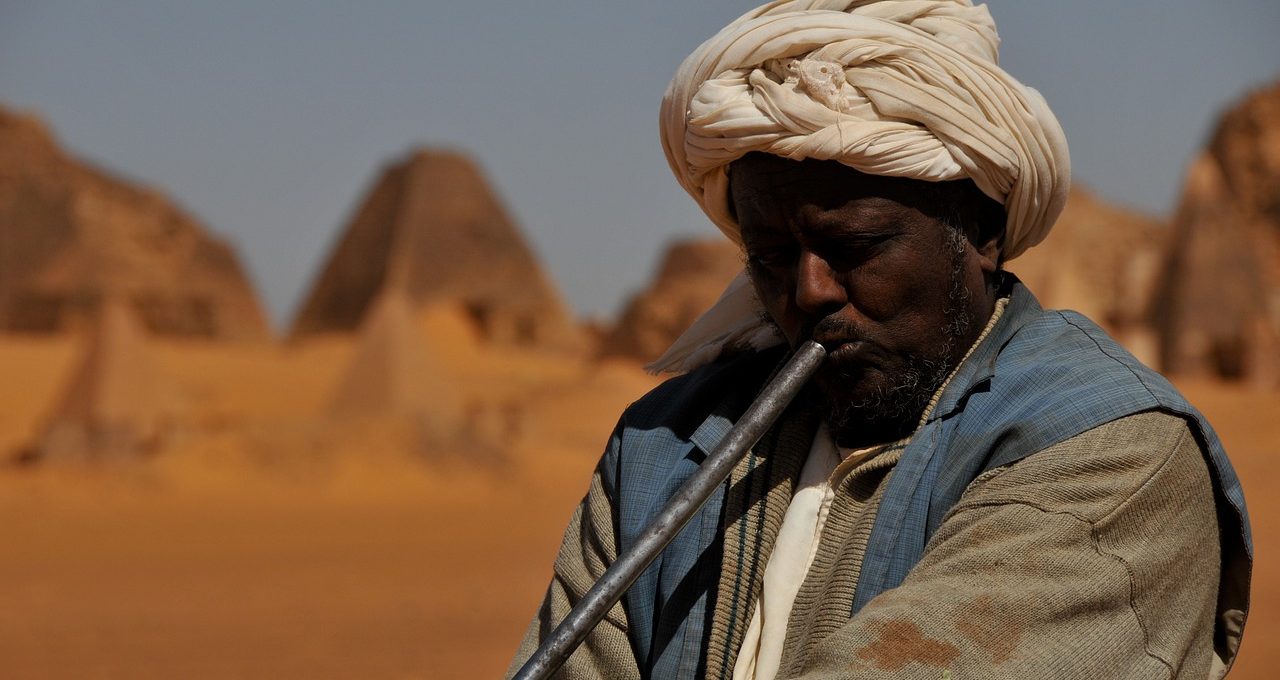People like a lot of things. And by that we don't mean a lot of variety, but just a lot of things. For some reason, a lot of things are weirdly fascinating, and it's even more fascinating when you find a lot of things in an unexpected place.
10. Sudan has many more pyramids than Egypt.

The Pyramids of Giza are visited by about 14.7 million people per year. The Pyramids are one of the wonders of the world and perhaps one of the most easily identifiable landmarks in history. Countless films, both fiction and non-fiction, have been made about them, and some people will even argue with you about whether aliens built them. One of the little-known things about the pyramids is how many more there are in Sudan than in Egypt.
Go down the Nile into Sudan and you will find more 200 of them in the sand. The remains of an ancient Nubian civilization, they are smaller than the Egyptian pyramids, but still very impressive. Unfortunately, they are not as durable as the Egyptian pyramids, due to changing weather and time. And they have had a difficult history, too. Back in the 1880s, an Italian explorer actually blew up some of them in search of treasure.
9. West Edmonton Mall has twice the number of visitors as Disneyland.
Located in Edmonton, Alberta, a Canadian city with a population of 980,000, the West Edmonton Mall annually visit a little more 30 million people . Before the pandemic, Disneyland in California was visited by about 18.6 million people per year. Disney World in Florida attracts about 21 million people. Just under six million people visit Grand Canyon . Blue Ridge Parkway , a road that takes you on a scenic drive through the Appalachian Mountains, is visited by fewer than 16 million people. The Eiffel Tower? So seven million With the exception of places like Central Park and the Las Vegas Strip, the West Edmonton Mall is one of the most visited places in the world.
The mall itself is 5.3 million square feet, and features two hotels, a zoo, and 800 stores. While it's no longer the largest mall in the world, it's still the largest. large in North America There are over 24,000 people working there, making it essentially a small city.
8. China has more trademarked golden kiwis than New Zealand

If someone asked you where most of the world's kiwis can be found, what would you say? Even without knowing much about kiwi cultivation around the world, there's a good chance the average person would guess New Zealand. The people who live there are literally called kiwis. They even have a bird. And yes, that's where the fruit often comes from. But it's not the primary source these days, especially when it comes to Sungold kiwis.
Officially named Zespri Sungold kiwi, it originated in China and was later brought back to New Zealand in In 1904 . These were the more famous green kiwifruit. In 1997, all the kiwifruit growers in New Zealand formed an alliance called Zespri. Part of their work was to create a new variety of kiwifruit that was yellow fleshed instead of green, less hairy and sweeter. It was also their own brand, trademarked, and grows on 9,000 hectares in the country.
Unfortunately for New Zealand, China is now growing 12,000 hectares golden fruit, and it's all illegal. The Golden Kiwi belongs to Zespri, and no one else has the legal right to grow it commercially. Alas, those who grow it in China don't care.
7. There are more Spanish speakers in the United States than in Spain.

In the USA 41 million native Spanish speakers. This equates to about 13% of the population, which is quite significant. Another 11.6 million are bilingual. In total, that's almost 53 million people, putting the United States ahead of even Spain when it comes to Spanish speakers.
The population of Spain is 47.7 million people . Even Colombia has a population of only 48 million. That means the United States has the second-largest number of Spanish speakers in the world, behind Mexico, which is still far ahead with 121 million people .
6. Queens, New York, has more linguistic diversity than almost anywhere in the world.

Diversity is something that people are becoming more and more aware of and invested in. The world is full of different cultures, different beliefs and, of course, different languages. Today in the world counted more than 7000 spoken languages. Some of them, such as English, are spoken by more than billion people Others are spoken by only a handful of people.
If you are the type of person who enjoys immersing yourself in different cultures and especially languages, perhaps the best place in the world for you is Queens, New York. One of New York City’s five boroughs, Queens is home to over 2.3 million people Together they speak a total of138 different languages , making it one of the most linguistically diverse places in the world. You can find all the expected languages, like Spanish, Mandarin, Finnish, etc., but there are also much more obscure ones. You can hear people speaking the Mustang language from Tibet near LaGuardia Airport. Head to Rego Park and you can find people speaking Buginese from Indonesia, or head to Jackson Heights to listen to K'iche.
Papua New Guinea recently set a world record for linguistic diversity with 840 languages , so if you really want to go all out, you might want to head there. It's estimated that New York City itself speaks about 800 languages . But Queens is still probably the most "ethnically diverse urban area" in the world.
5. Argentina has more psychologists per capita than anywhere else.

Mental health has historically been somewhat overlooked and ignored. Many people, especially men , don't like to seek help for problems that aren't directly physical. Therapy is big business in the United States, and many people turn to doctors and therapists for help with mental health issues, from depression to anxiety and more. In numbers, there are about 100,000 people in America 31.3 licensed psychologists Is this number high? Low? Well, compared to Argentina, it's nothing.
There are in Argentina 198 licensed psychologists per 100,000 people worldwide , which is more than six times the rate in the United States. A single therapy session can cost you as little as $10. Therapy in Argentina is painless.stigmatization , it’s just the norm and part of a healthy lifestyle.
4. Toronto is home to the world's largest underground shopping mall.

Shopping meccas are found all over the world. Places like London, New York, Paris, Tokyo, Milan and Los Angeles are known as places where jetsetters can drop huge amounts of money to buy the latest random items that people called jetsetters might need.
If you want a truly dramatic shopping experience with 19 miles to go through space area 4 million square feet , all of which are located underground, head to Toronto, Ontario.
Known as The Path, the largest in the world The underground shopping mall has about 1,200 stores and over 5,000 employees. About 200,000 shoppers a day wander the Trail, either shopping or on their way to work, as 50 office buildings are also connected underground by long walkways. You can also use it to get to most of Toronto's major tourist spots, such as the CN Tower, Rogers Centre, Air Canada Centre, numerous hotels and more. Essentially, it connects the city centre below the city centre.
The entire superstructure dates back to 1900, when Eaton's department store was connected to its lucrative annex by an underground tunnel. Something has obviously grown out of there. But it's almost impossible to tell from the surface, since the entrances to the Way, of which there are many, are barely visible.
3. The US has more security cameras per capita than anywhere else in the world.

Privacy has become a big issue lately. Your phone is tracking you, the government can listen to your calls, cameras are everywhere watching everything. Or are they? It's not an isolated issue, it's a global issue, but China is the country most often associated with it. You you can find on the Internet row articles , in which country it's called « surveillance state ".
In China, there are about 200 million surveillance cameras scattered all over the country. That means it has more cameras than anywhere else, and that technically contradicts the premise here if we're talking about a lot of them in unexpected places, right? That's where the word "technically" comes in.
IN United States about 50 million surveillance cameras. But China has a population of over 1.4 billion people. The U.S. has a population of 332 million. That means China has 14.36 cameras per 100 people. The U.S. has 15.28 cameras. So if you're worried the government is actually spying on you, well, you might not be wrong.
2. Cuba has more doctors per capita than anywhere else in the world.

Covid has made us all think more about healthcare and how to access it. But good healthcare means being able to see a doctor, and sometimes that's easier said than done. In the US, for example, There are only 2.6 doctors per 1000 people .
Countries like Canada and Sweden are known for their often-touted social healthcare, so they must be doing well, right? Well, Canada has 2.4 doctors per 1,000 people, so that's not very good, and Sweden has only 4.3. The real leader is Cuba, with about 9 doctors .
After the Cuban revolution, the country had about 3,000 doctors, less than 3% of today's number. The construction of its health care system has been progressive and extremely successful. Many students come from abroad to study at Cuban medical schools, and doctors from the country have made an impact around the world, especially during the Covid-19 pandemic. 19 , including development of a vaccine .
Health care in Cuba is considered a fundamental right and even part of their constitution. Everyone has access to it, and doctors are considered one of the the best in the world.
1. Canada has more doughnut shops per capita than anywhere else.

Canada is known on the world stage for a few things — peacekeepers, beavers, Justin Bieber. So it may come as a surprise to learn that the politest people in the world also own the world's largest selection of donut shops .
As much as Americans love Dunkin Donuts and Krispy Kreme, Canada has Tim Hortons, and their 3500 across the country. In total, the country has five times more doughnut shops per capita than the United States. In Toronto alone, in the 1990s was more than 500 stores .
Today, Canadians consume about billion donuts per year. With a population of just 38 million, that means the average Canadian eats more than two dozen doughnuts a year.
Some blame the coffee consumption on the large number of doughnuts, because shops like Tim Hortons and Starbucks are known for their coffee as much as their baked goods. And it’s true, Canadians love coffee, too. They may not be the world’s biggest consumers—that honor goes to Finland, where residents drink more than 26 pounds a year. But Canada is the only non-European country in the world to make the top 10 coffee drinking list, with 14.33 pounds per capita .














Оставить Комментарий